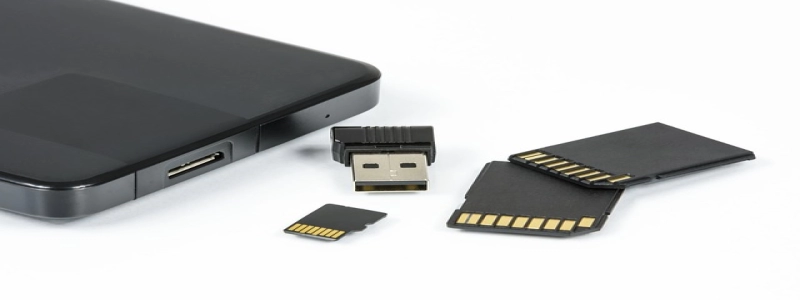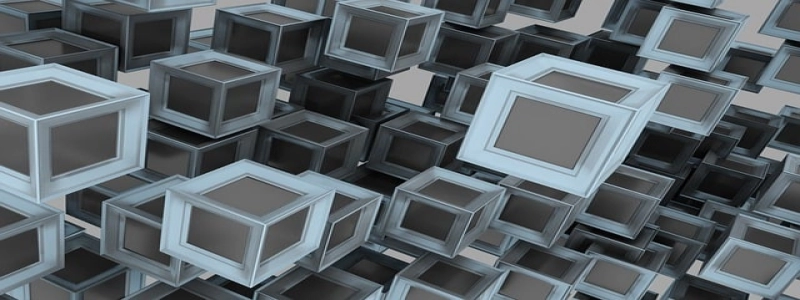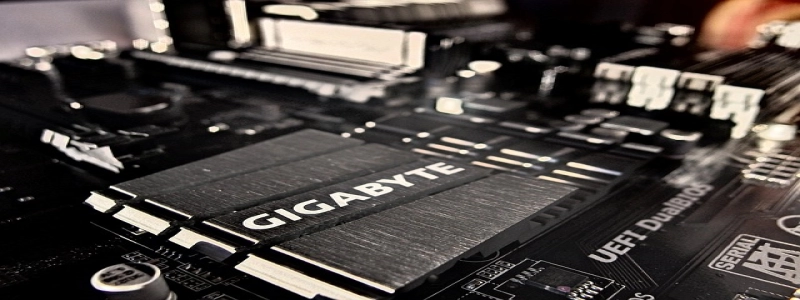RJ45 Pinout Ethernet
Bevezetés:
RJ45 is a standard connector commonly used for Ethernet connections. It is widely used in networking equipment, such as routers, switches, and network cables. In this article, we will discuss the pinout of an RJ45 connector and its usage in Ethernet connections.
én. RJ45 Pinout:
The RJ45 connector has eight pins arranged in a specific order. Each pin serves a specific purpose in transmitting and receiving Ethernet data. The pinout diagram of an RJ45 connector is as follows:
1. Pin 1 – Transmit Data+ (TD+)
2. Pin 2 – Transmit Data- (TD-)
3. Pin 3 – Receive Data+ (RD+)
4. Pin 4 – Unused
5. Pin 5 – Unused
6. Pin 6 – Receive Data- (RD-)
7. Pin 7 – Unused
8. Pin 8 – Unused
II. Purpose of Each Pin:
1. Transmit Data (TD):
– Pin 1 (TD+) and Pin 2 (TD-) are used for transmitting data from the device to the network.
2. Receive Data (RD):
– Pin 3 (RD+) and Pin 6 (RD-) are used for receiving data from the network to the device.
3. Unused Pins (4, 5, 7, 8):
– These pins are not used in standard Ethernet connections and are often left unconnected or used for other purposes like Power over Ethernet (PoE) or telephone signal transmission.
III. Ethernet Connection:
To establish an Ethernet connection using an RJ45 connector, follow these steps:
1. Prepare the Cable:
– Use a Category 5 (Cat5) or higher-grade Ethernet cable. Strip off the outer insulation to reveal the individual twisted pairs of wires.
2. Arrange the Wires:
– Follow the T568B standard for wire arrangement, which is commonly used for Ethernet connections.
– Arrange the wires in the following order from left to right:
1) Pin 1 – White/Orange
2) Pin 2 – Orange
3) Pin 3 – White/Green
4) Pin 4 – Blue
5) Pin 5 – White/Blue
6) Pin 6 – Green
7) Pin 7 – White/Brown
8) Pin 8 – Brown
3. Terminate the Cable:
– Crimp an RJ45 connector onto the prepared cable, ensuring the wires are properly seated in their respective slots.
4. Connect the Cable:
– Plug one end of the cable into the Ethernet port of a device, such as a computer or a router.
– Plug the other end of the cable into the corresponding Ethernet port of the recipient device or the network switch.
IV. Testing the Connection:
To ensure the Ethernet connection is established correctly, you can use a network cable tester or check the link status on the devices involved. A successful connection will show a stable link between the transmitting and receiving devices.
Következtetés:
Understanding the pinout of an RJ45 connector is crucial for establishing proper Ethernet connections. By following the correct wire arrangement and connecting the cable to the appropriate Ethernet ports, you can ensure reliable data transmission between devices in a network.








